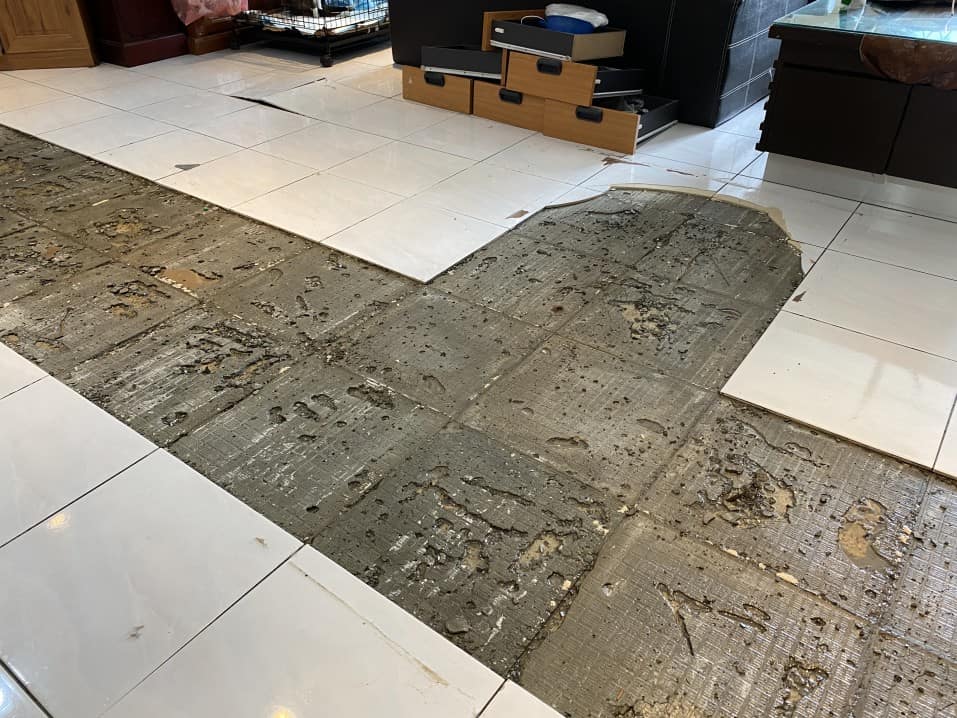Standing Water? Standing IN Water? Call now.
If your building is flooded, stop reading and call us!
If you’ve had previous damage from water and it’s less of an emergency, you can call us or contact us by email – click the Contact Us button right here.



What Happens To Your Floors After A Flood?

People who own homes or businesses in Greenfield, Wauwatosa, Mequon, and the Cudahy area don’t think much about their floors once those surfaces are installed. After all, when a building’s construction is complete, floors mostly take care of themselves, aside from some cleaning or occasional washing to deal with a spill.
However, in a flooding situation, this is where things get serious. A flood unleashes a devastating amount of water damage to nearly every aspect of a building, from the electrical systems to the floor itself. So if a flood hits your property, what happens to your floor? Can it be salvaged?
The Materials Question
One of the biggest considerations when assessing the potential for a floor to be recovered is the type of material the floor is made of. In general, there are porous materials—which admit water easily—and nonporous substances—where water can’t penetrate. Unsurprisingly, nonporous materials tend to be more resistant to water damage.
But floors come in various materials, from synthetic materials to natural substances like stone that need to be carved to traditional materials like wood that have been used for generations. Each one of these has different reactions to water and therefore receives different treatment when formulating a recovery process.
Carpet
Of all the materials used on floors, carpet is most likely written off as a “lost cause” and requires a full replacement. This is because carpet, whether using natural or synthetic materials, is still fibrous and extremely water absorbent, the price carpet pays for being such a soft, plush material.
Unlike rugs, which are smaller and can be moved to new locations and dried out from top to bottom, carpet may be made of thicker materials and come in layers. When that much flooring material is wet, it’s unlikely to be safely recovered and is probably a mold hazard.
Tile Flooring
Unlike carpet, tile floors, whether synthetic, such as vinyl, or natural materials like marble, are sturdy materials that handle water well. However, while the tile surfaces themselves are often resistant to water, the real trick with tile flooring is the grout that sits in the seams between tiles.
If too much water has penetrated the grout and gotten into the layers of flooring beneath the tiles, then the sub-flooring may need repair, even if the tile itself can be easily recovered.
Hardwood Flooring
Many people love hardwood floors both for the warm look they provide a room and their temperature compared to stone surfaces. However, if they do suffer from flood damage, they can be recovered, provided that a proper, comprehensive drying out process is observed.
In the case of hardwood floors, while it’s true that wood can be absorbent, unlike fabric, it can also be thoroughly dried out, retaining little moisture. As long as proper hardwood floor recovery procedures are used, and the process begins quickly, these floors can be recovered.
Contact The Experts On Restoring Water Damaged Floors
If your home or business has suffered flood damage, we can help. Emergency Restoration Specialists have over 30 years of experience right here in Cudahy, serving the Milwaukee area. Contact us 24/7 for a prompt, professional response.



